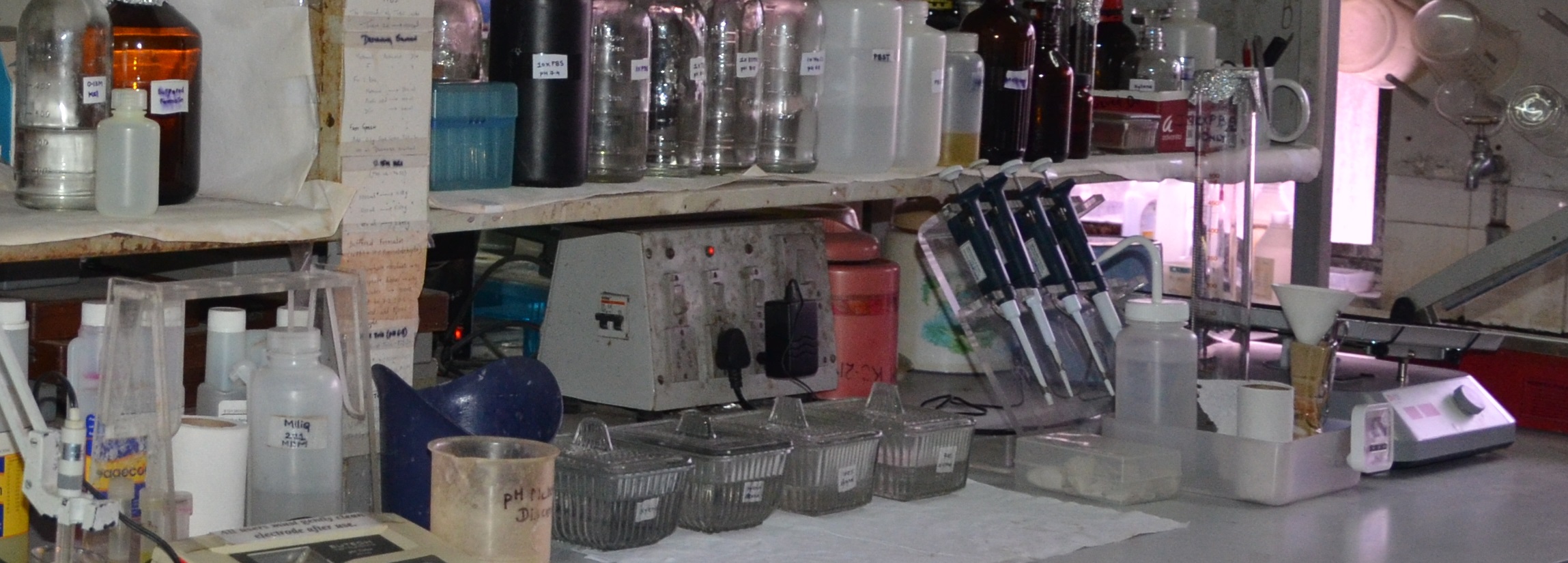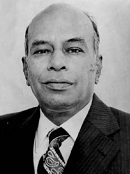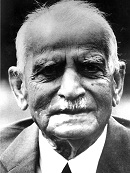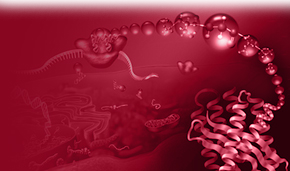|
|

|
|
Science Sparks @ ACTREC
|
 19th September 2022 19th September 2022 |
Vol. No. 11; Issue No. 544 |
|
|
Publications
|
|
1. Saikia D, Jadhav P, Hole A, CM Krishna, Singh SP (2022). Unraveling the secrets of colistin resistance with label-free Raman Spectroscopy. Biosensors. 12(9): 749.
2. Mal A, Prabhuraj RS, Malhotra R, Valvi S, Ingle A, Srivastava R, De A, Bandopadhyaya R (2022). pH-responsive sustained delivery of doxorubicin using aminated and PEGylated mesoporous silica nanoparticles leads to enhanced antitumor efficacy in pre-clinical orthotopic breast cancer model. Journal of Drug Delivery Science and Technology.
3. Chakraborty N, Jain BK, Shembekar S, Bhattacharyya D (2022). ER exit sites (ERES) and ER-mitochondria encounter structures (ERMES) often localize proximally. FEBS Letters.
|
|
|
|
|
|
|
Legends of Science
|

|
Madhavasetty Ramalingam Rajasekarasetty
M R Rajasekarasetty received his Ph.D. from the University of Columbia, USA, in 1952. His major contributions included population genetics, radiation cytology, and the effect of physical and chemical agents on germ-line cells. His qualitative and quantitative work; on X-ray-induced meiotic chromosomal aberrations laid the foundation for a better understanding of chromosome structure, mechanisms involved in the production of various anomalies, dose-yield and time-yield relationships of aberrations, and inter-relationships of these aberrations. Dr. Rajasekarasetty was elected fellow of the Indian Academy of Sciences, Bangalore; National Academy of Sciences, Allahabad.
|
|
| |

|
Vishwa Nath
Vishwa Nath obtained his Ph.D. from the University of Cambridge, the UK, in 1925. His major study was on the reproductive organs of scorpions and mosquitoes. He demonstrated that the spermatozoon explodes at the time of fertilization and transforms into its typical weird form. He was the President of the Indian Science Congress in 1944. He was the elected fellow of the Royal Microscopical Society, London. The Indian National Science Academy has instituted the 'Vishwa Nath Memorial Lecture' in his honor.
|
|
| |
|
|
|
|
Do You Know?
In 2006, Using advanced molecular classification techniques to examine tumor samples, researchers discovered distinct subtypes of high-grade astrocytoma tumors( a form of glioma).
|

|
|
|
|
|
� 2022 Advanced Centre for Treatment, Research and Education in Cancer (ACTREC)
|
|
